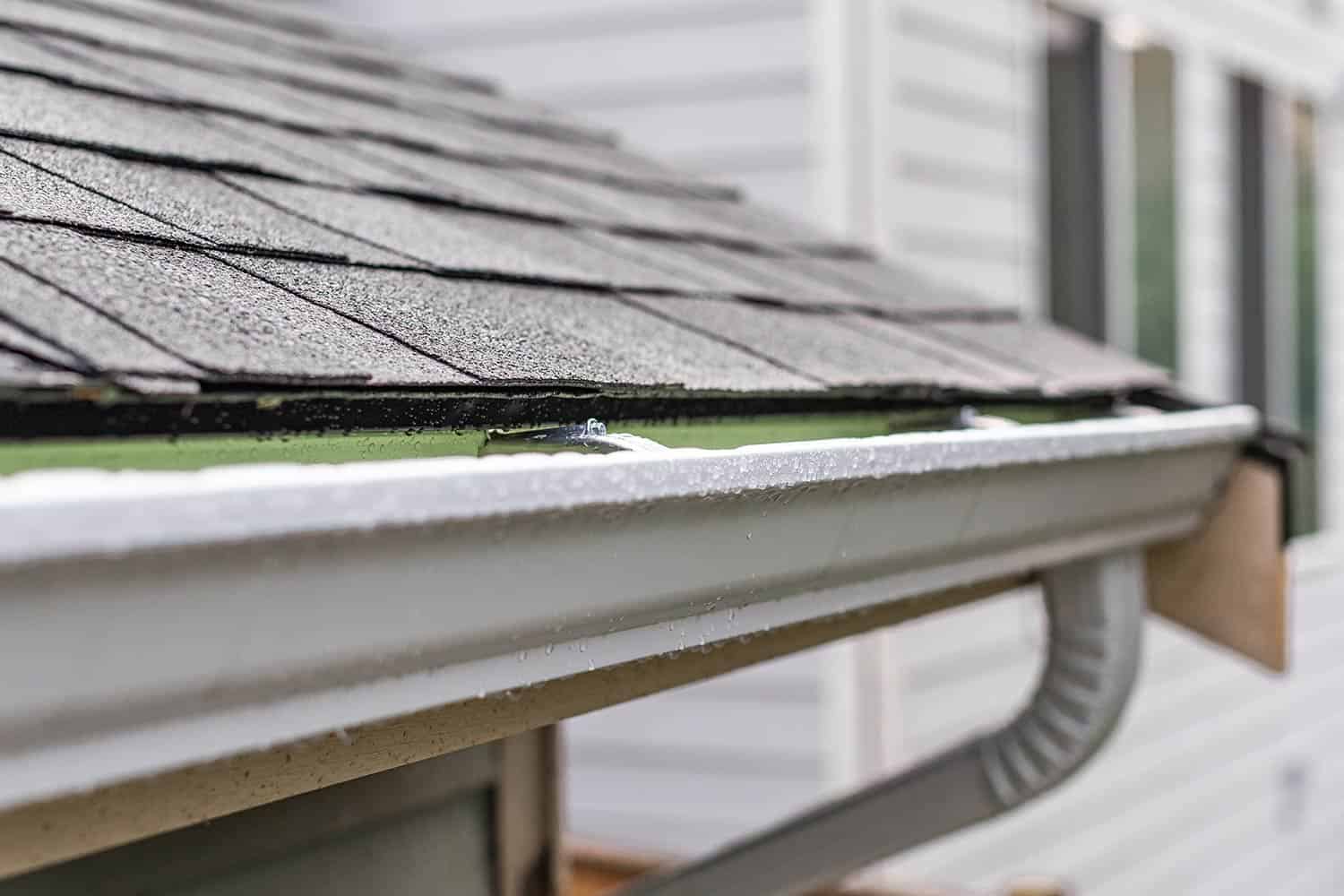Are you a homeowner who wants to protect your house from water damage? Or a roofing contractor looking to provide the best possible service to your clients?
Either way, you need to know about the unsung hero of roofing systems: the drip edge. This tiny strip of metal might not look like much, but it plays a critical role in keeping your home dry and your roof in top condition.
From preventing mold growth to extending the life of your roof, the drip edge is an essential component of any well-designed roofing system. In this article, we’ll dive into drip edges, exploring what they are, how they work, and the numerous benefits they offer.
What is a Drip Edge?
A drip edge is a metal strip that goes along the edges of a roof, usually where the shingles meet the gutter. It’s a small but critical component of a roofing system, and its purpose is to protect against water damage.
The drip edge is bent, with a flat horizontal section on the roof’s sheathing. It also has a vertical section extending down over the roof’s edge.
Overview of the Different Types of Drip Edges
There are several types of drip edges, each with unique features. We’ve listed the most common ones below:
1. L-shaped Drip Edge
The L-shaped drip edge is the most common type of drip edge. It is made of a single piece of metal with two perpendicular sides forming an L-shape.
The top of the L-shape is always fixed to the roof deck, while the bottom extends over the eaves and covers the fascia board. This type of drip edge is easy to install, and it is suitable for most roofing materials.
2. T-shaped Drip Edge
The T-shaped drip edge is similar to the L-shaped drip edge but has an additional flange under the shingles. This drip edge provides extra protection against water intrusion, and you will mostly find them in areas with heavy rainfall.
3. Hemmed Drip Edge
A hemmed drip edge is an L-shaped edge with a folded or hemmed edge on the eave side. The hemmed edge provides extra stiffness, preventing the edge from curling up and allowing water to seep.
4. Preformed Drip Edge
Preformed drip edges are custom-made to fit specific roof shapes and sizes. Roofing professionals use them on roofs with unusual shapes or where a standard drip edge is unsuitable.
You should, however, note that preformed drip edges are more expensive than other types, but they provide a better fit and enhanced protection.
5. Gravel Stop Drip Edge
A gravel stop drip edge is an L-shaped edge with an additional vertical flange extending above the roof’s surface. The vertical flange is built to stop gravel or other loose materials from sliding off the roof.
6. Eave Drip Edge
An eave drip edge often features on the roof’s lowest edge, where the roof meets the eaves. This type of drip edge is built to help direct water into the gutter system and away from the roof and walls.
You will find most drip edges in areas with heavy rainfall or snow.
How Drip Edges Work
Drip edges provide a barrier between the roof deck and the fascia board. Thanks to this barrier they create, they easily help to prevent water from seeping between the roof deck and fascia board, thereby preventing rot or other damage.
Furthermore, drip edges usually extend over the eaves and slightly outwards, creating a small gap between the roof edge and the fascia board. This gap allows water to drip off the roof and into the gutter system instead of seeping into the fascia board and causing damage.
Benefits of Drip Edges
Drip edges are an essential component of any roofing system and provide a range of benefits, including:
· Protects the Roof’s Underlying Structure:
One of the primary benefits of a drip edge is that it protects the roof’s underlying structure, such as the fascia, soffit, and sheathing, from water damage.
Without a drip edge, water can seep between the roof edge and the fascia board, causing rot, mold, or other damage.
· Prevents Ice Dams:
In areas with heavy snowfall, ice dams can form at the roof’s edge, causing water to remain under the shingles and leak into the house. With a proper drip edge, you can prevent ice dams by directing water off the roof and into the gutter system.
· Enhances the Roof’s Appearance:
Drip edges come in different colors and materials, allowing homeowners to choose an option that matches their roof’s color and style. This can help enhance the roof’s appearance and, thus, add to the home’s overall curb appeal.
· Reduces Maintenance:
By directing water away from the roof’s edge, a drip edge reduces the need for maintenance and repairs on the roof. This can save homeowners time and money in the long run.
· Provides Additional Protection Against Wind-Driven Rain:
With a proper drip edge, you can provide your roof with extra protection against wind-driven rain. Consequently, this can help prevent water from seeping under the shingles and into your roof’s interior space.
· Increases Longevity of the Roof:
Since it helps prevent water damage to the roof’s underlying structure, drip edges help extend the roof’s life. This can save you money since it delays the need for costly roof repairs or replacement.
· Helps to Meet Building Codes:
The building codes in most areas usually require drip edges. By installing a drip edge, homeowners can ensure that their roofing system meets local building codes and avoid potential fines or penalties.
Conclusion
Installing a drip edge requires expertise and experience, and that’s where the services of a professional roofing contractor like RoofPro come in. The Roof Pro has a team of experienced roofing professionals who can provide top-notch installation services for your drip edge.
Call us at 250-248-3400 or fill out our contact form for all your roofing needs.


